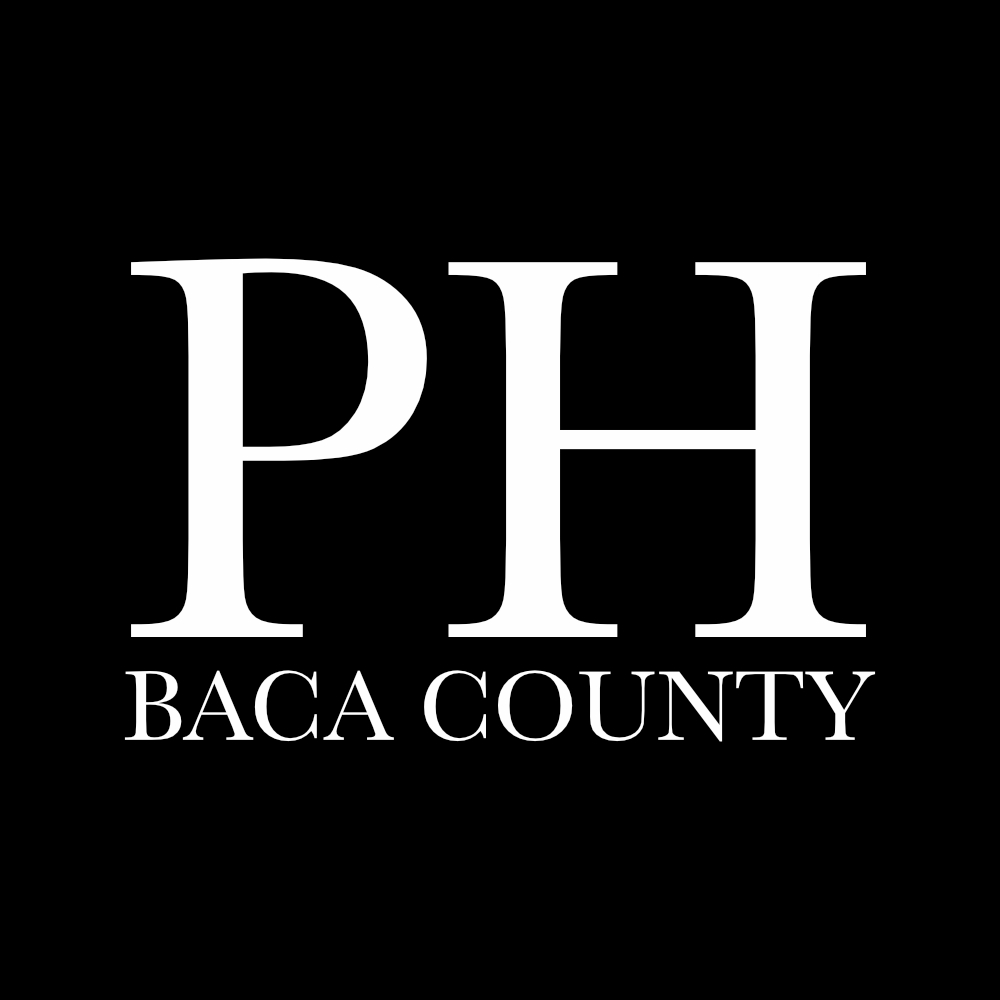Here are a few clippings about the citizens “of half a dozen Colorado villages, Boston, Springfield, Vilas, Minneapolis, and Carriso and also Richfield in Kansas, are uniting to make an expedition against its horse thieves into No Man’s Land.”
It appears this trip was led by none other than John Jennings who at the time was living in “Old Boston, Colorado.” You must remember for geographical context Boston was 15 miles from No Man’s Land and 15 miles from Kansas in extreme SE Colorado.
This is pretty rough, but this research from my Boston, Colorado book project is pretty interesting. The first reports were in early September and by late September this had made the New York papers.

El Paso Times (El Paso, Texas) · 05 Sep 1888, Wed · Page 1
Santa Fe Daily Herald (Santa Fe NM) · 6 Sep 1888, Sat · Page 1
Aspen Daily Times (Aspen CO) 6 Sep 1888 Colorado Historic Newspapers Collection. Colorado State Library.

Mulvane Record (Mulvane, Kansas) · 08 Sep 1888,
| NO MAN’S LAND. From the accounts which occasionally come from that quarter it would appear that the tract known as the Public Land Strip, but more expressively styled No Man’s Land, is becoming a sort of thieves’ paradise. This is not the fault of the honest and industrious pioneers who have gone thither in anticipation of the action of Congress opening the lands to settlement and placing them under the protection of the law. But in the nature of the case a region thus left outside of the pale of the statutes is fastened upon also by evil-doers a a sort of refuge. Murders and lynchings have been reported from that quarter of late. And now it is announced that the people of half a dozen Colorado villages, Boston, Springfield, Vilas, Minneapolis, and Carriso and also Richfield in Kansas, are uniting to make an expedition against its horse thieves. The “Seven against Thebes” may be rivaled by these later seven against Squaw Canon. This latter place, a special retreat of the outlaws, is spoken of as “a natural fortress,” so that the 200 troopers who are to go there in search of stolen horses and to hunt out the thieves may find no easy task. There is urgent need of putting an end to this anomalous condition of the Public Land Strip. Last December a Mr. O. G. Chase presented himself at Washington and asked recognition in the House as a delegate for this tract, which he called the Territory of Cimarron. That of course was out of the question; but the fact that he was chosen by settlers as their representative showed the necessity of doing something for them. It was a. tract containing more than 3,600.000 Acres, extending 167 miles east And west And 34 north and south, with good water and soil, having, it was said, several thousand people living on it yet without courts, without law, without real ownership of land, since the Lands had never been thrown open for sale. Kansas and Colorado are north of it and Texas on the south, while New-Mexico furnishes the western boundary and the Cherokee Strip the eastern. The Cherokee have claimed this as an extension of their land strip, but there is very little expectation that this claim will be substantiated. The cattle companies were not long in discovering that thee Public Strip land could be put to use. Some of them recognized thee claims of thee Cherokees by taking a lease from them. A few years ago settlers began to go upon the tract running their risk of being eventually allowed to buy the lands they occupied. They, built not only houses, but some churches, with intent to form permanent communities, and waited for Congress to furnish them with courts, laws, land titles, and a Territorial organisation. Whatever regulations the people had for living together in peace and order were necessarily those only of common agreement, often pursuant to votes in their organized meetings. But of 1st the Ability to misuse this state of things has evidently attracted favor Among horse thieves, who have sometimes both robbed the people there and carried their booty to Kansas or Colorado, And stolen horses in these States end carried them across the border to their haunts in No Man’s Land. A possible Arrangement would be to unite No Man’s Land with the western portion of the Indian Territory and constitute a new Territory out of it. It would be necessary in that case to obtain the consent of the tribes now in that western portion and, provide them with equally good lands in the eastern portion. The Government how-ever, has unoccupied lands which it could use for the purpose, and this plan might also allow the carrying out of the sevaralty law among those Indians. At all events, something should be done to put an end to the present status of No Man’s Land. –The New York Times (New York, New York) · Thu, Sep 20, 1888. |
We would like give a special thank you for sponsoring this blog to Vilas Options program for Homeschool Students. Click this link or the image below for more information. Interested in sponsoring a blog a BacaCountyHistory.com ? Email us at editor@plainsmanherald.com


